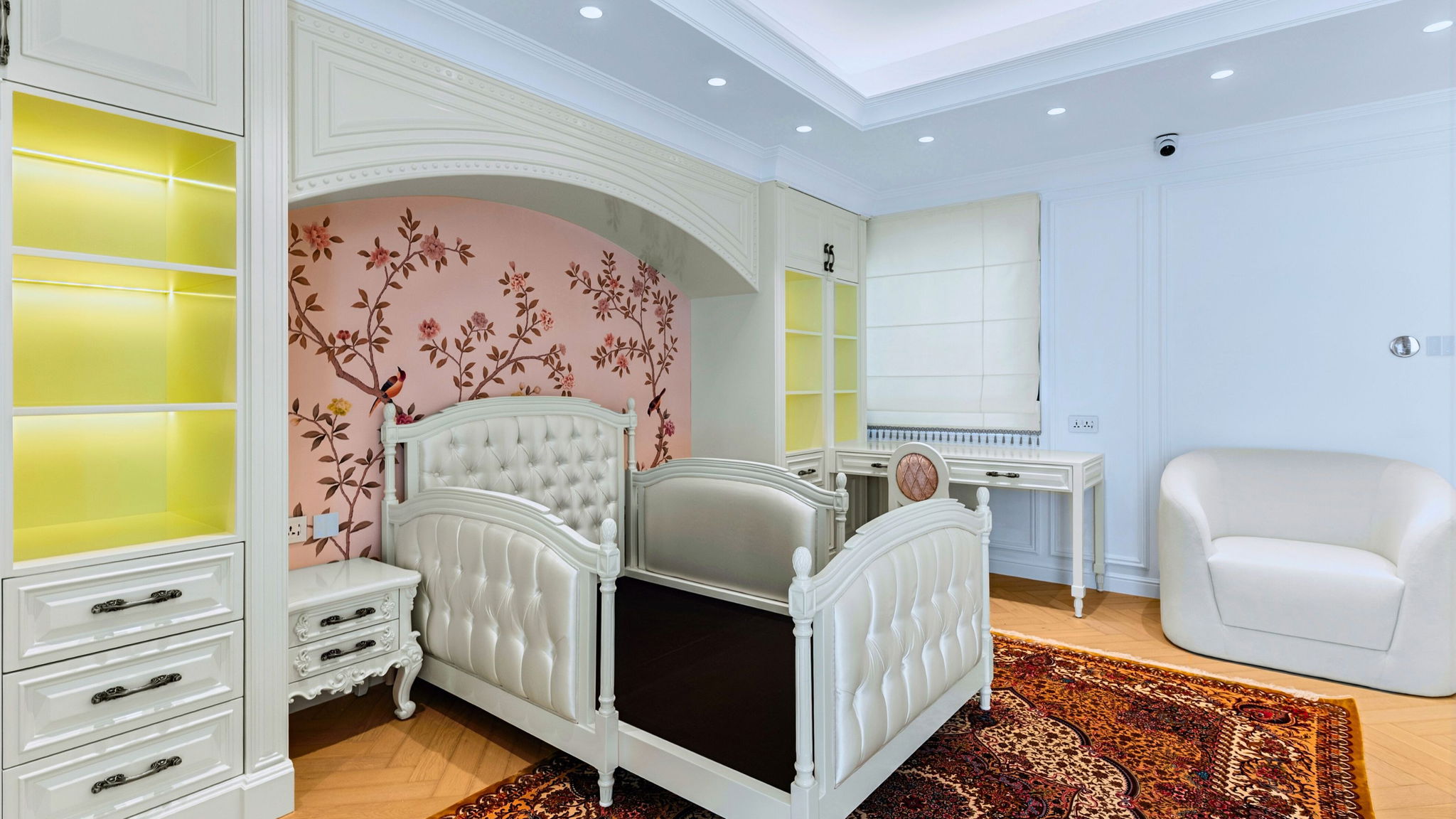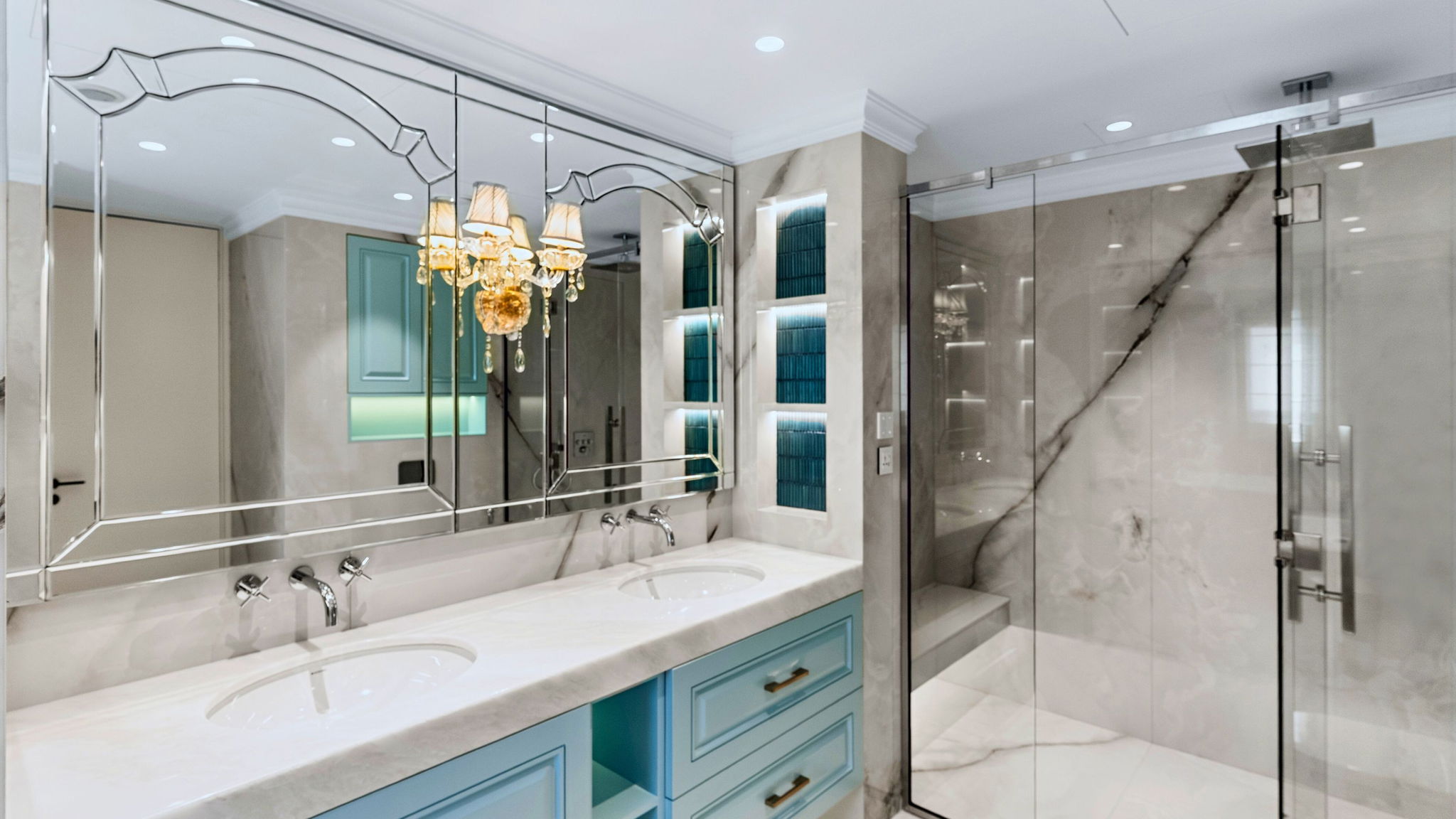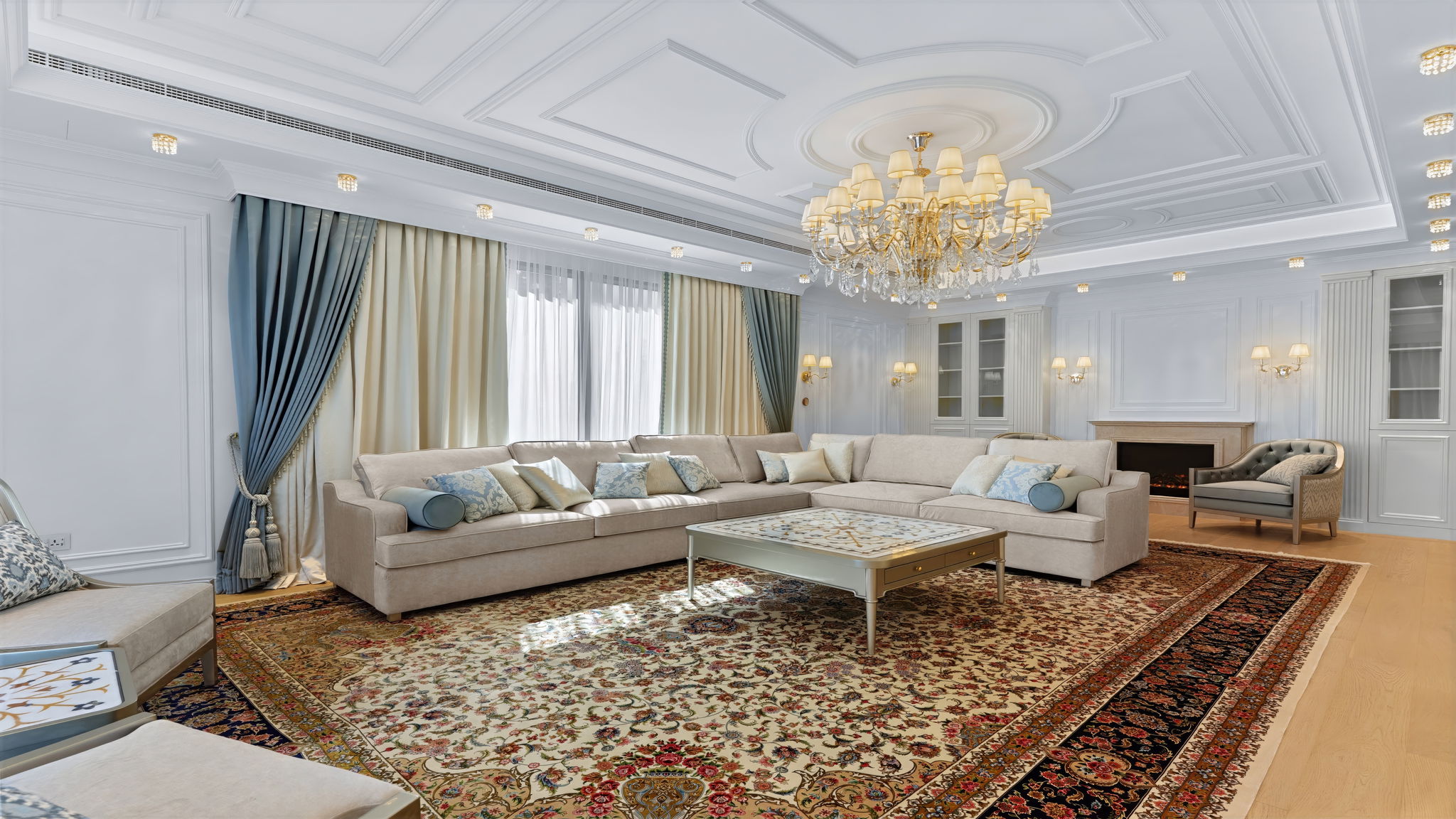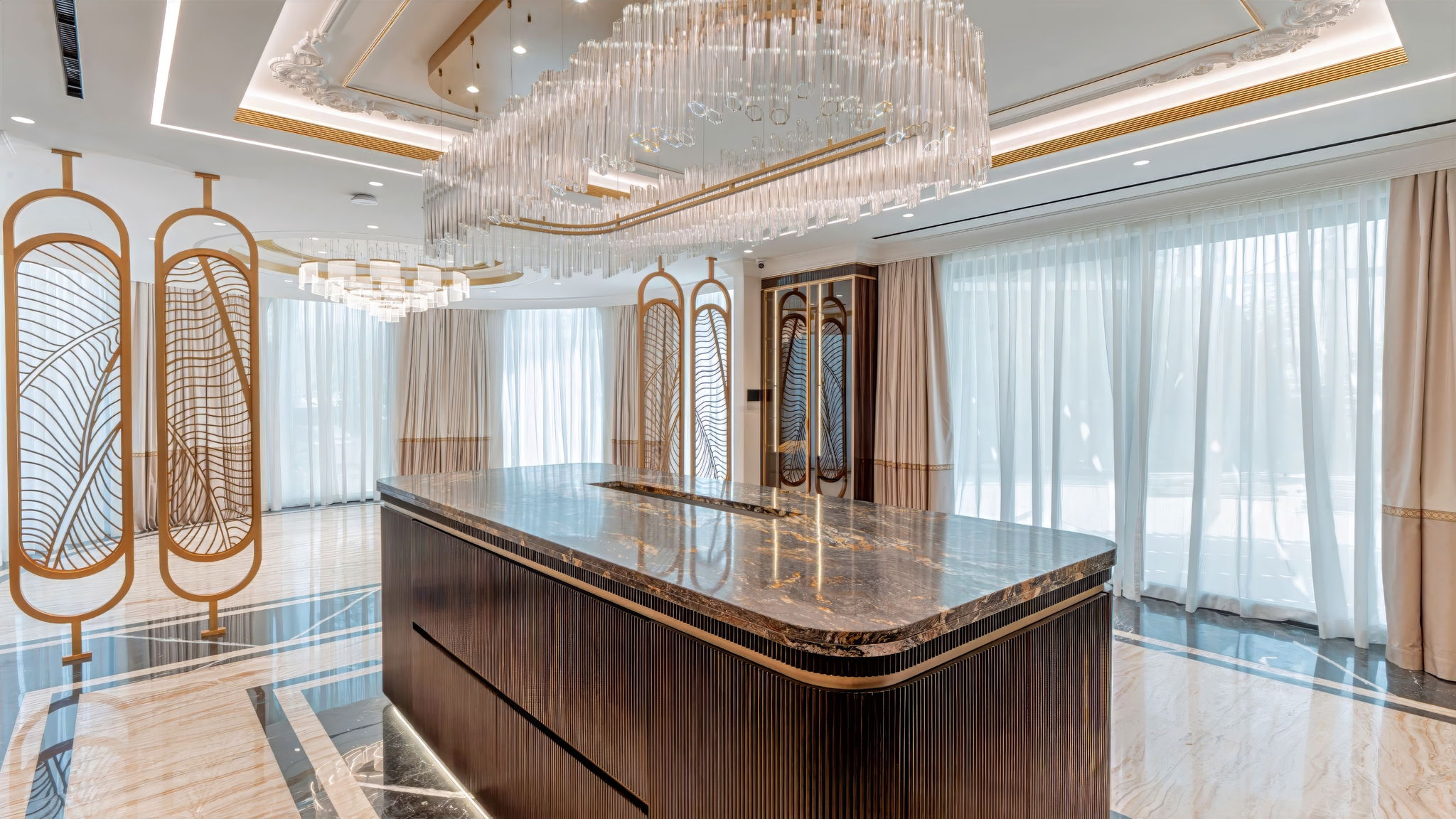
Design Process
Design Process for a Landscape Residential Project: A Step-by-Step Guide
Designing a landscape residential project can be an exciting and rewarding experience, but it can also be overwhelming without a clear plan in place. To ensure a successful project, it is essential to follow a well-defined design process. In this article, we'll guide you through the step-by-step process of designing a landscape residential project.
Step 1: Initial Consultation
The first step in any landscape project is to have an initial consultation with the client. This is an opportunity to discuss the client's needs, desires, and budget. During this consultation, the designer should take notes and ask questions to gain a better understanding of the client's vision for their outdoor space.
Step 2: Site Analysis
The next step is to conduct a site analysis. This involves evaluating the property's topography, soil conditions, climate, existing vegetation, and other site-specific factors. This information will help the designer determine the best design solutions for the property.
Step 3: Conceptual Design
With the information gathered during the initial consultation and site analysis, the designer will develop a conceptual design. This design will include an overall plan for the property, including hardscape and softscape elements. The designer may use sketches, 3D modeling software, or other tools to present the design to the client.
Step 4: Design Development
Once the client approves the conceptual design, the designer will begin to develop the design in more detail. This will include selecting specific materials, plants, and other features, as well as refining the design to meet the client's needs and preferences.
Step 5: Final Design and Plans
Once the design has been finalized, the designer will create detailed plans and drawings for the project. These plans will include a site plan, planting plan, hardscape plan, and other necessary details. The plans will be used to guide the installation of the project.
Step 6: Installation
After the design plans are complete, the installation process can begin. This will involve preparing the site, installing hardscape features such as patios and walkways, planting trees and shrubs, and adding other elements such as lighting and irrigation.
Step 7: Maintenance
Once the installation is complete, ongoing maintenance will be required to ensure the landscape remains healthy and beautiful. This may include regular watering, pruning, fertilization, and pest control.
The design process for a landscape residential project involves several steps, from the initial consultation to the final installation and maintenance. By following this step-by-step guide, homeowners can ensure that their outdoor space is designed to meet their needs and preferences while enhancing the beauty of their property.
More projects
We will call you back!
Enter your contact details and our manager will contact you.












































